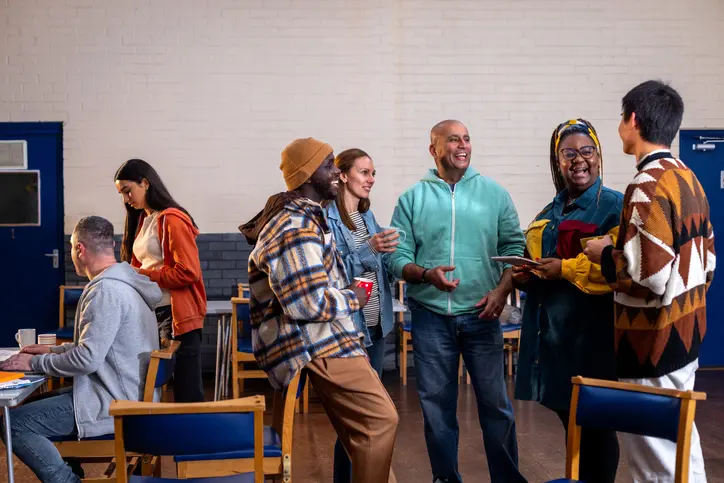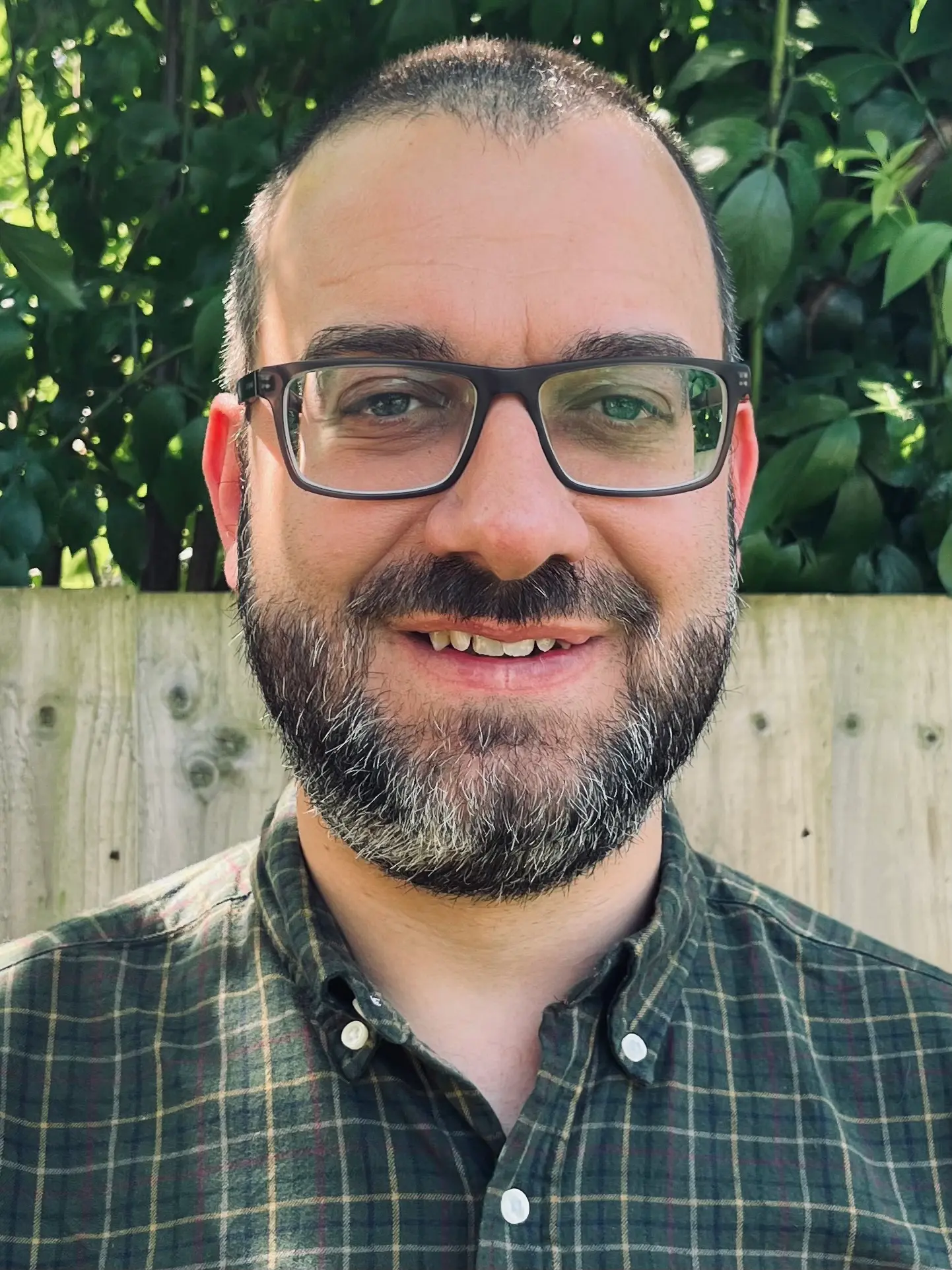The ‘So What?!’ of Impact
Does what you do make a difference? How do you prove that?
If you apply for grants to fund your core activities, you are probably familiar with the ‘So what?!’ question.
‘Wow, you do so much, that’s brilliant. But so what?’
The ‘so what’ relates to you being able to show that what you do makes a difference for the people who engage with your activities and services. If you can show this, or show the potential for it, then you will be able to demonstrate impact and answer the ‘so what’ question with a lot of specific examples.
Impact is the difference your activities/services/organisation makes.
What are your impact goals?
Best Practice for Impact
Before leaping into collecting data (which may be tempting!), it is best practice to make sure that you have clear impact goals for your organisation and activities/services at the outset. This makes evidencing impact a lot more straightforward.
Map out what you hope to achieve and what outcomes you hope to have. Your impact goals may not have a huge amount of evidence to support them (yet), but it is still important to have them so that you have something to measure your impact against. You can tweak them or add to them over time, as your services/activities develop.
After you have considered the impact you hope to have, thinking through how you will collect impact data is really important. Developing robust ways of evidencing the impact of what you do can make answering the ‘So what?’ question a lot easier!
Thinking through everything you do and how it contributes to, or could contribute to, your impact is a really valuable best practice process.
- What are your activities? What do you do, and what are you delivering?
- What are your outputs? What are all the things that result from your activities?
- What are your outcomes? What differences are you making?
- What is your impact? What are the longer-term changes that happen because of what you do?
You can plan out your answers to these questions in the form of a logic model or a theory of change or employ an impact consultant to do this for you. A logic model and/or theory of change can be really helpful for keeping a project on track and making sure you are clear on how you are moving towards your impact goals.
Monitoring and measuring your impact are best achieved through collecting data related to your activities, outputs and outcomes. These data may be quantitative or qualitative data or a combination of both. Sometimes, organisations have a huge amount of existing data that have not been analysed in relation to impact; assessing what data you already have and whether it is sufficient, or needs to be supplemented, is an important stage in the process.
Making sure that you choose the most appropriate data collection method for measuring/monitoring impact is really important. What is the most appropriate method for what you need to find out to know if you are meeting your impact goals? Common methods include surveys, focus groups and interviews. Ideally, you want to collect data at different time points in delivering an activity/service and from everyone involved (recipients, staff, stakeholders etc.).
Using your analysis of the data to make improvements as the activity/service progresses can help you to ensure that you are heading towards meeting your impact goals. Again, making changes to delivery is perfectly fine; you can adapt your logic model/theory of change to reflect this, and this helps everyone involved in activity/service delivery to see how you are moving towards your impact goals.
Best practice for impact is ensuring that you can answer the ‘so what?!’ question does not mean rigidly sticking to an impact plan; what it means is having impact goals and a plan for how you will reach those impact goals that you can adjust according to the dynamic processes of delivery. Having an idea of the ‘so what?!’ at the beginning of an activity/service is helpful to lead the impact data collection processes, but being flexible and adaptive so that all facets of your impact can be revealed is essential.







